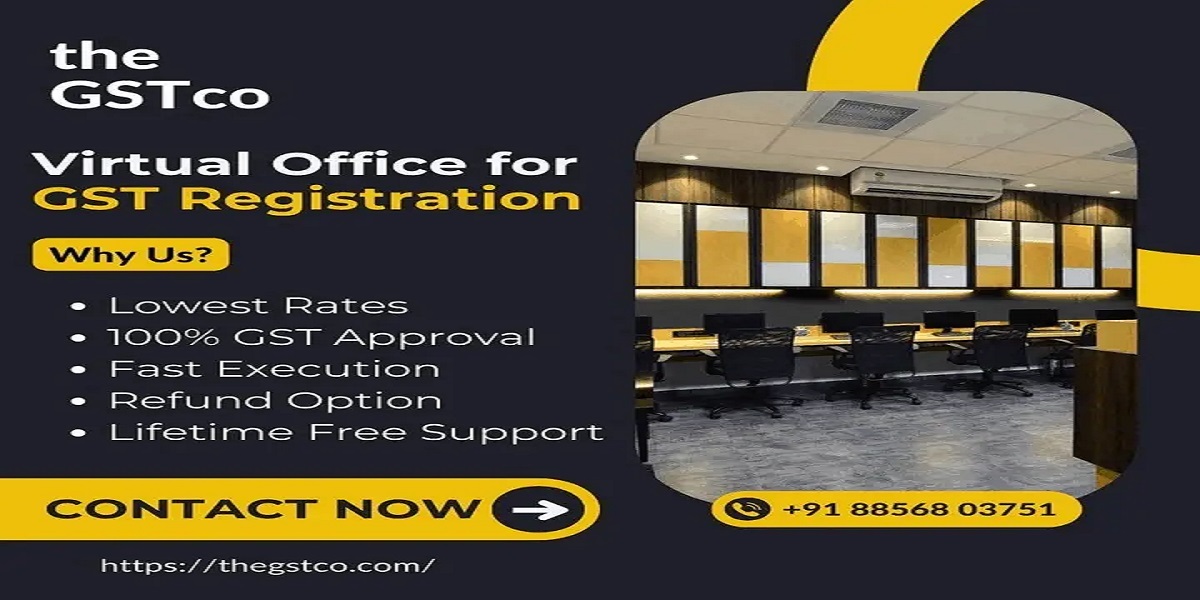Overview of Marketing Virtual Business Solutions
Effective marketing for Virtual Place of Business (VPBs) calls for a tailored approach aligned with the nature of remote operations. As companies increasingly lean toward remote work models, it’s essential to spotlight VPBs to reach interested clients. This article delves into successful methods to promote VPBs, helping them achieve visibility in a competitive environment.
Identifying Key Audiences for Virtual Places of Business
Defining the target audience is an essential first step. Virtual places of business attract a diverse range of users, from freelancers to large organizations. Each segment has distinct preferences and requires specific messaging to connect with them.
Primary Audience Categories
- Small Business Owners: These users seek adaptable, cost-effective solutions.
- Freelancers and Remote Professionals: Flexibility and accessibility are their top priorities.
- Corporations and Large Companies: They look for comprehensive and scalable solutions.
By understanding the unique requirements of each audience group, marketing campaigns can create tailored messaging that captures interest and drives engagement.
Developing a Compelling Brand Message
Once the target audience is clarified, it’s important to develop a clear and engaging brand message. This message communicates the purpose and key features of the VPB. It should resonate with individuals and businesses seeking remote workspace solutions.
Establishing Consistent Brand Identity
Consistency in branding across all platforms is key to building trust. A recognizable logo, color scheme, and consistent tone of voice strengthen brand identity and help build a trusted reputation.
Emphasizing Unique Features
Each VPB offers specific features that make it unique. Highlighting these unique elements, such as ease of use, customization options, or strong data protection, can help attract and retain clients.
Making the Most of Digital Marketing Channels
Digital marketing channels are essential for reaching potential customers. Social media, email marketing, and paid advertisements are powerful ways to promote VPBs. Choosing the right channels ensures that marketing efforts reach individuals actively seeking virtual workspace solutions.
Utilizing Social Media Platforms
Social media platforms such as LinkedIn and Twitter offer effective ways to connect with professionals. Sharing regular updates, success stories, and remote work insights builds engagement. Social media is also a great way to demonstrate the VPB’s capabilities, drawing interest from freelancers and larger businesses alike.
Implementing Email Marketing
Email marketing provides a direct link to potential clients. Sending regular newsletters with insightful content helps keep the audience engaged. By segmenting email lists, marketers can ensure that messages are relevant to each group.
Showcasing Success Stories and Customer Experiences
Sharing success stories and testimonials is an excellent way to build credibility. Real customer experiences show the impact and value of using a VPB. This approach provides social proof, encouraging prospective clients to consider the VPB with confidence.
Crafting In-Depth Case Studies
Case studies offer a detailed look at specific instances where the VPB benefited a client’s business. They illustrate the challenges, solutions, and results achieved. Case studies offer a structured, persuasive story that resonates with potential users.
Sharing User Testimonials
User testimonials add authenticity to marketing efforts. By sharing real feedback, marketers can humanize the brand, making it more relatable. Testimonials from businesses in various sectors also broaden the appeal to different audience segments.
Implementing Content Marketing Strategies
Content marketing is highly valuable in establishing authority and building awareness. Through blogs, guides, and webinars, VPBs can educate potential clients about their features and benefits. High-quality content promotes the platform’s offerings while providing useful insights to the audience.
Writing Informative Blog Posts
Blogs offer a platform for discussing relevant topics in-depth. For example, posts can cover remote work trends, industry insights, and tips for managing virtual workspaces. Regular blog updates help position the VPB as an expert in the virtual business arena.
Hosting Webinars and Tutorials
Webinars allow for real-time engagement and showcase features in an interactive way. Live sessions enable users to ask questions, fostering trust and transparency. Tutorials offer step-by-step guidance on using the platform effectively.
Optimizing Content for Search Engines (SEO)
Search engine optimization (SEO) is essential for improving online visibility. Targeting specific keywords related to virtual places of business can attract organic traffic. SEO strategies ensure that users actively searching for virtual office solutions find the VPB.
Conducting Keyword Research
Keyword research identifies the terms and phrases users commonly search for. By integrating these keywords into website content, blog posts, and descriptions, visibility improves. Optimized content increases the likelihood of attracting users at different stages of their decision process.
Building Quality Backlinks
Backlinks from reputable sites boost search engine rankings and trustworthiness. Collaborating with industry blogs, news sites, and influencers can generate quality backlinks. This approach enhances SEO and broadens the platform’s reach in the business community.
Conclusion
Marketing for virtual places of business requires a strategic blend of understanding the target audience, building a consistent brand message, and maximizing digital engagement. By combining targeted messaging, content-driven strategies, and SEO, VPBs can connect with diverse audiences. In a dynamic market, consistent visibility is key to helping VPBs grow and serve businesses effectively.

